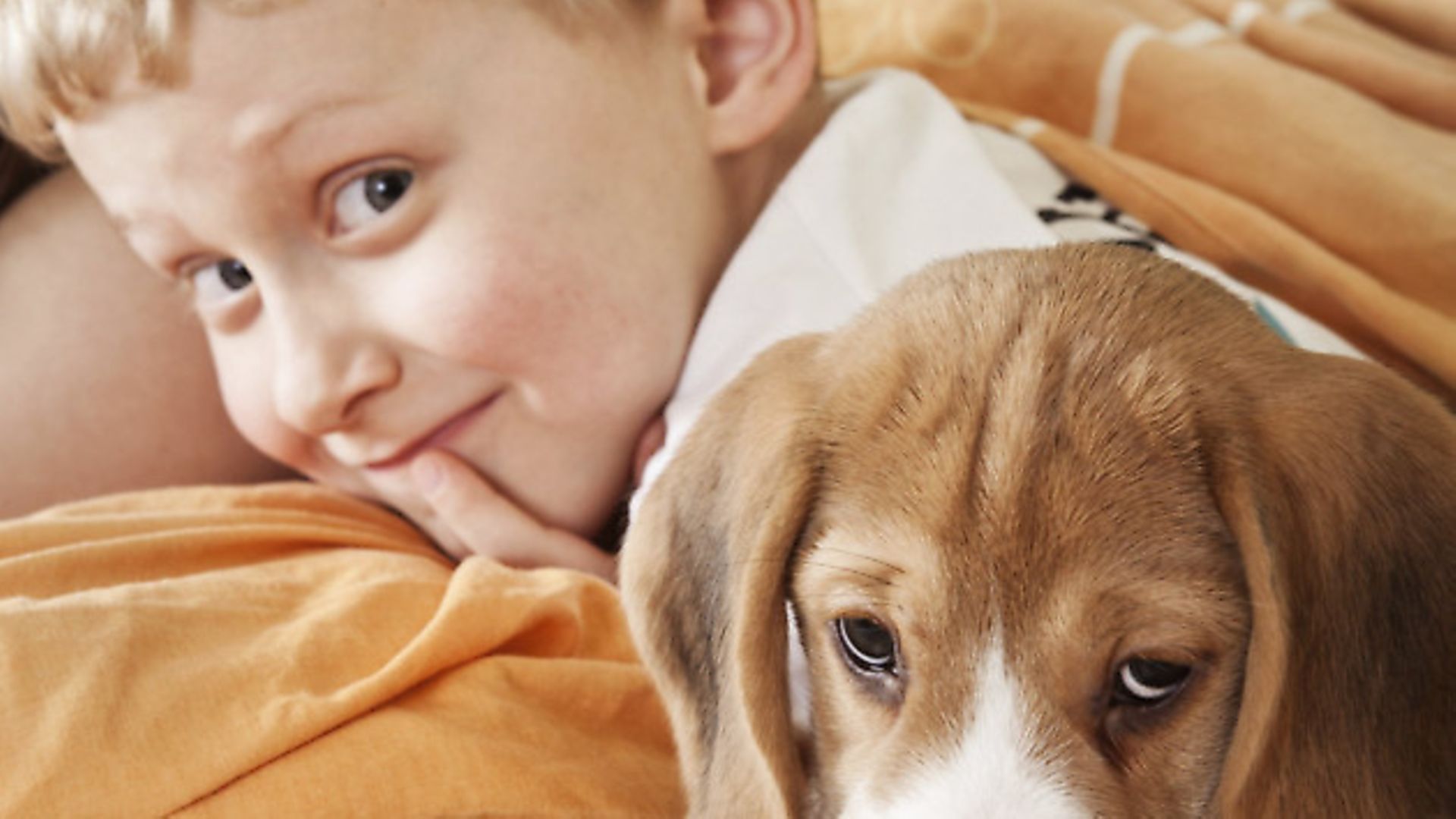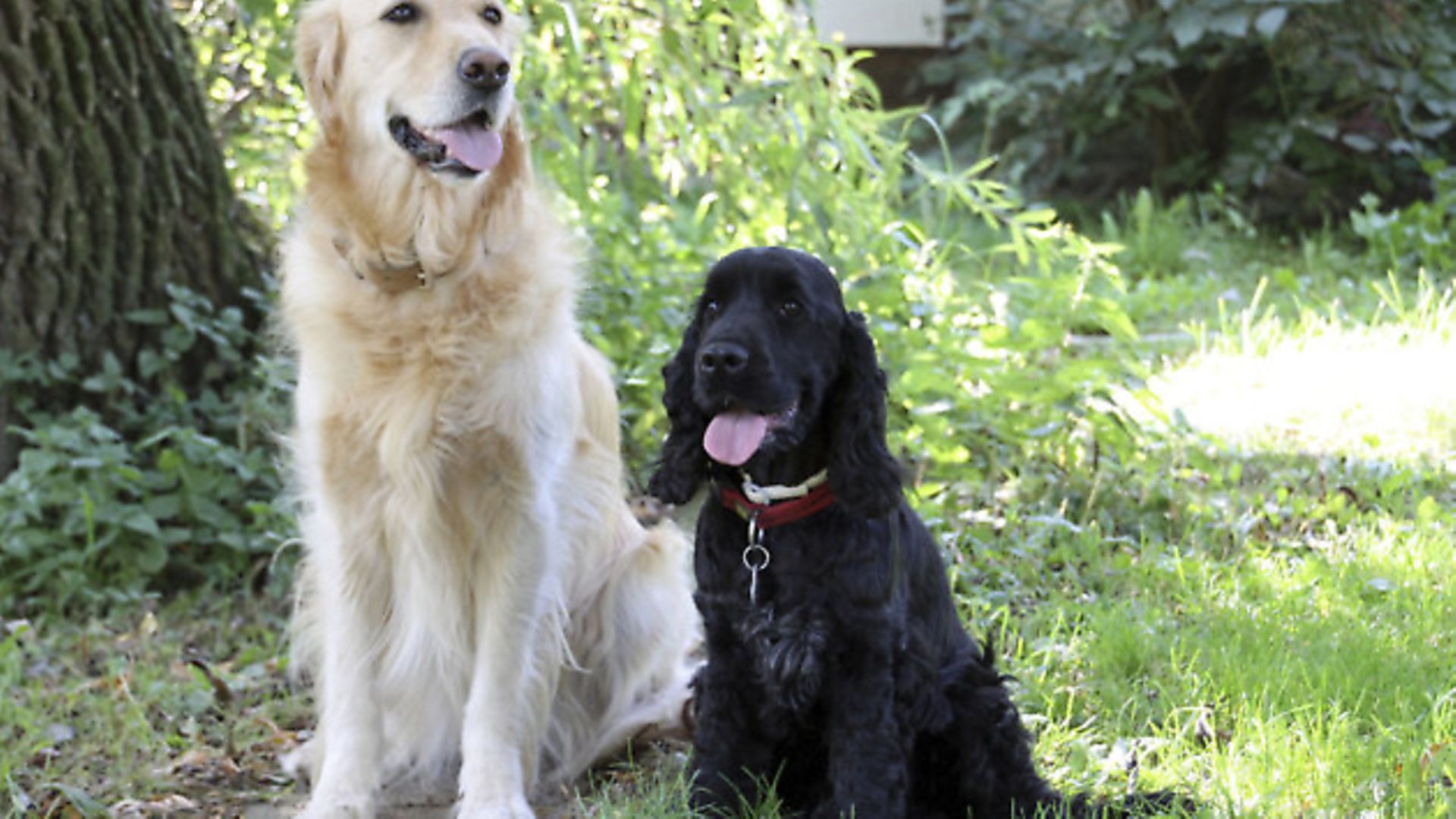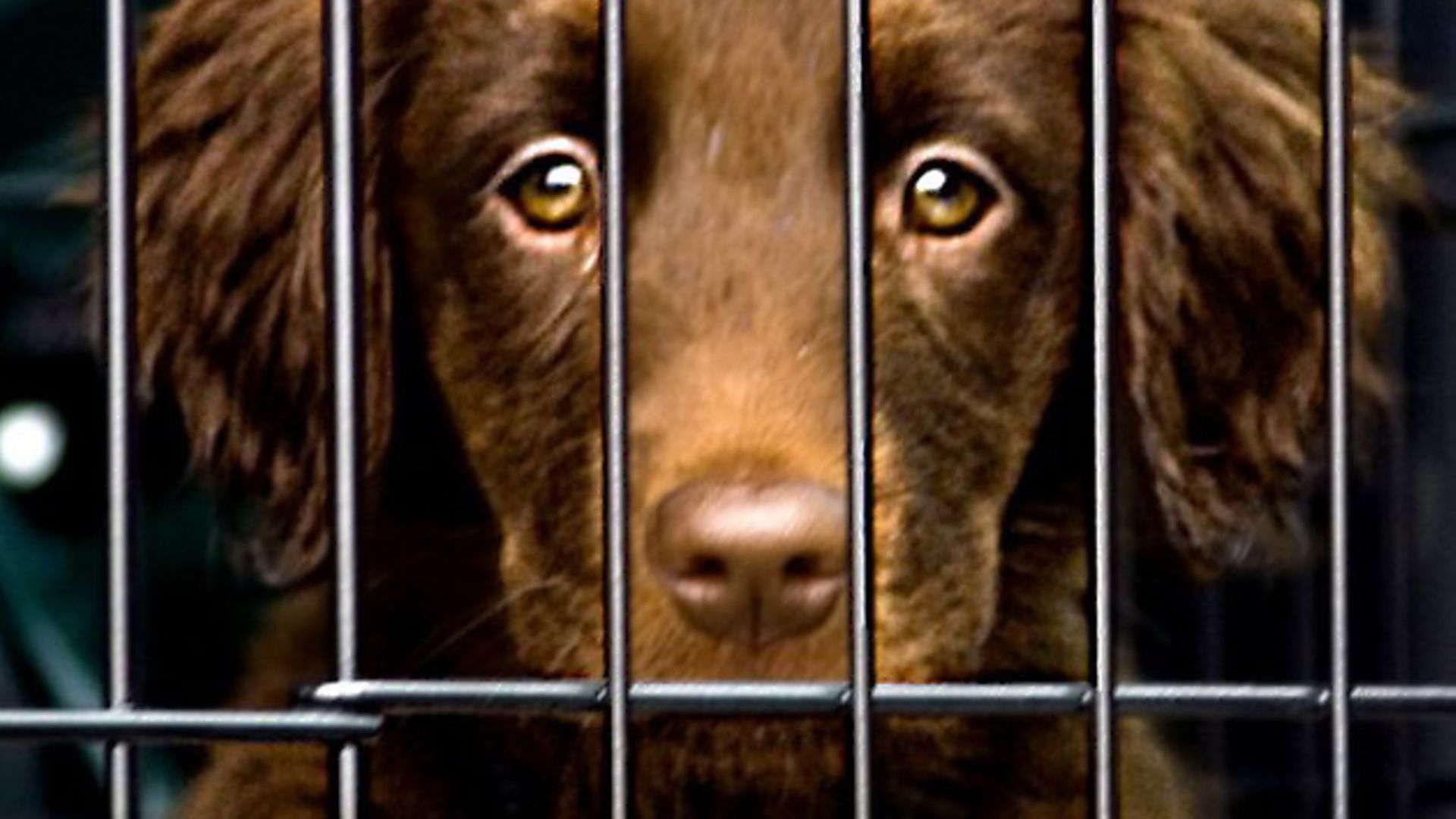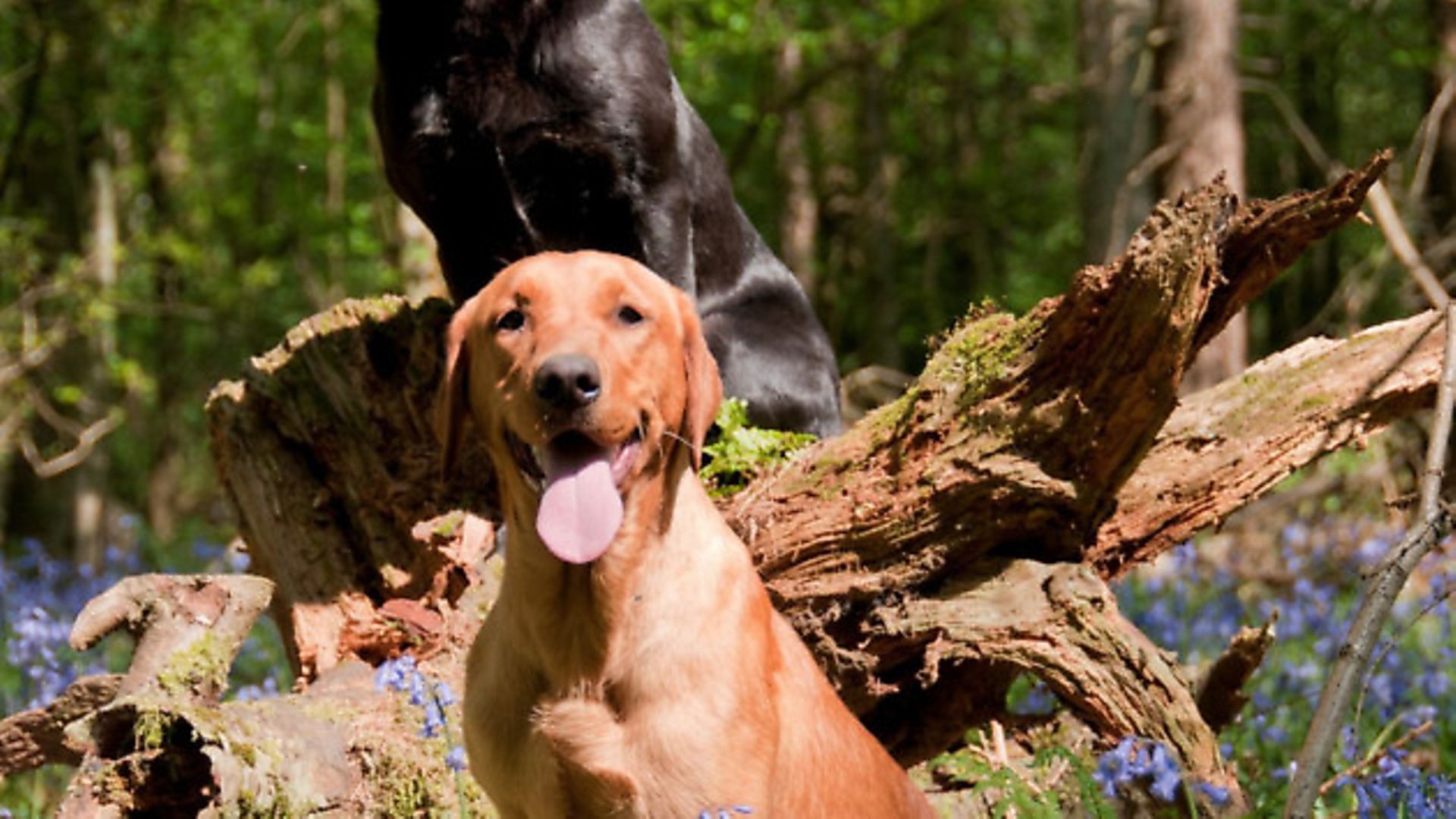Sorry to be the bearers of bad news but there’s more to having a new puppy than cuddles and play. We know our readers are a well informed bunch but taking on a new puppy is not something that should be taken lightly. Highlighting some of the costs, time, short- and long-term commitments that owning a dog will demand from you and your family will help you to make the right decisions and setting the rules early on will pay dividends later.
 credit: Getty Images/iStockphoto
credit: Getty Images/iStockphoto
Think about your pack
Think at length about the other members of your family. It is shocking to hear how many puppies are re-homed due to allergies. It would be awful if the excitement of a new arrival is smashed only 24 hours in when one of the family discovers that they are allergic to the pup.
Do not underestimate the misery that is inflicted on those with allergies. Not only is it unfair on the sufferer but it will result in the puppy being re-homed. The humans in your pack are the most important so value and cherish them. Do your research, be responsible and consider everything possible; if you make the wrong decision now this could have a really negative impact on the puppy too.
 credit: Getty Images/iStockphoto
credit: Getty Images/iStockphoto
Choosing the right breed
Retrievers are calm and quiet, spaniels are bred to be crazy and some HPRs are bred to work on deer, boar and in some cases man so think carefully before going here! All gundogs are intelligent, athletic, energetic and highly trainable – this is good, but in the wrong hands it might be bad.
You are taking on a dog that is bred to work but this doesn’t mean that he needs to be busy all of the time. Your skill will be to harness the ‘busyness’ and to turn it into a calm, measured, controlled power that can be unleashed with a quietly spoken command. If you research the breed well in advance, you will know you are making a well-informed decision when you pick up your puppy.
 credit: Getty Images/iStockphoto
credit: Getty Images/iStockphoto
Understanding your dog
It’s extremely important that we understand our dog’s behaviour. This is relatively easy as much like ourselves they repeat behaviours for reward. We can exploit this characteristic by training the puppy to repeat the behaviours we like.
For example, as the pup rushes towards us we say, “Fido come” or whistle, then give affection or food to reward him for this behaviour. Once he gets to us we stand tall and as he tips his head backwards and places his bottom on the ground we say, “Sit” and give him a piece of food or throw a small dummy.
These small but timely rewards increase the likelihood that the puppy will repeat these behaviours. It is, however, this very same reward that we often don’t get right and, inadvertently, either we or the environment we put the puppy into will reward unwanted behaviours.
 credit: Archant
credit: Archant
Housing and toilet training
Indoors or out? There are pros and cons for both but fundamentally both need to be clean, dry, warm and secure to ensure the puppy can’t escape and ensure the risk of theft is minimal It is a good idea to start an eight-week-old puppy indoors and gradually move him to an outdoor kennel as he grows up. This allows you to spend time with the youngster, establish a bond and enjoy the early development that can be an enjoyable stage in the puppy’s life that is just too good to miss.
Dogs are pack animals and will crave your company so it’s important to ensure that you cater for this. We must, however, remember that too much of a good thing can be bad so we need to strike a happy balance to avoid separation anxiety issues in the pup when he can’t be with you.
If he’s living indoors get a good quality crate and train him to consider this as his own little safe haven, a great place to be and if we get things right he will happily take himself off to it when he’s tired or fed up. Crate training is pretty straightforward. Ensure he has a nice bed and something to chew on each time he’s in the crate. When the puppy wakes up immediately take him outside to empty himself as during the early weeks he will have limited bladder control so ensure you are ‘on the case’ to avoid accidents.
Ideally, you should locate the crate in a ‘play pen,’ so that you won’t need to shut the puppy into the crate during these first few days at home. Throw some kibble into the crate to build a positive association. Inevitably the youngster will cry and bark once he realises he’s penned in. Assuming he’s been toileted you will need to completely ignore him - don’t go to him, speak or even give eye contact and eventually the puppy will tire and go to sleep. It’s important to understand that if you go to him whilst he’s kicking off like that you will be rewarding this behaviour and will prolong the crate training process.
 credit: Getty Images/Ingram Publishing
credit: Getty Images/Ingram Publishing
Introducing your puppy to other animals
Your pup might be sharing his new home with other and this must be given considerable thought well in advance of deciding to get another. Other dogs being the main priority, you need to be sure that your existing dog is not going to be a serious physical threat to the new puppy.
Whilst most adult dogs will tolerate a puppy, within 12 months you might see the youngster start to show dominant behaviour towards your older dog. This can become a serious issue resulting in some horrific in-fighting, making life very difficult for all concerned. Do not underestimate the skill required to manage more than one dog as power struggles will be ongoing and when taking on multiple dogs, you need to get this right.
Training a puppy is actually quite straightforward, but you will need to know how to deal with him from the moment he arrives home. Maybe we need to get you into a puppy class before you go to pick him up? Hmm, there’s an idea – have a think about it!
Jumping up
Puppies naturally jump up to get closer to our face as the humans in their lives reward this behaviour. We immediately respond with eye contact, voice, touch and affection every time he does this. Your pup then repeats this which is fine until one day his paws mess up your clean trousers. You bellow “DOWN” and push him away rewarding him with eye contact, voice and touch, none of which you intended, but all of which he was after.
To compound the problem you have added the addition of fast moving hands and an excitable change in the tone of your voice and accidentally we have created a reward for the puppy’s unwanted behaviour. Instead, we need to teach the puppy that we will only talk to him if he comes and sits nicely in front of us. Very easy to think about but you will need to ensure everyone around him is on board with this way of thinking.